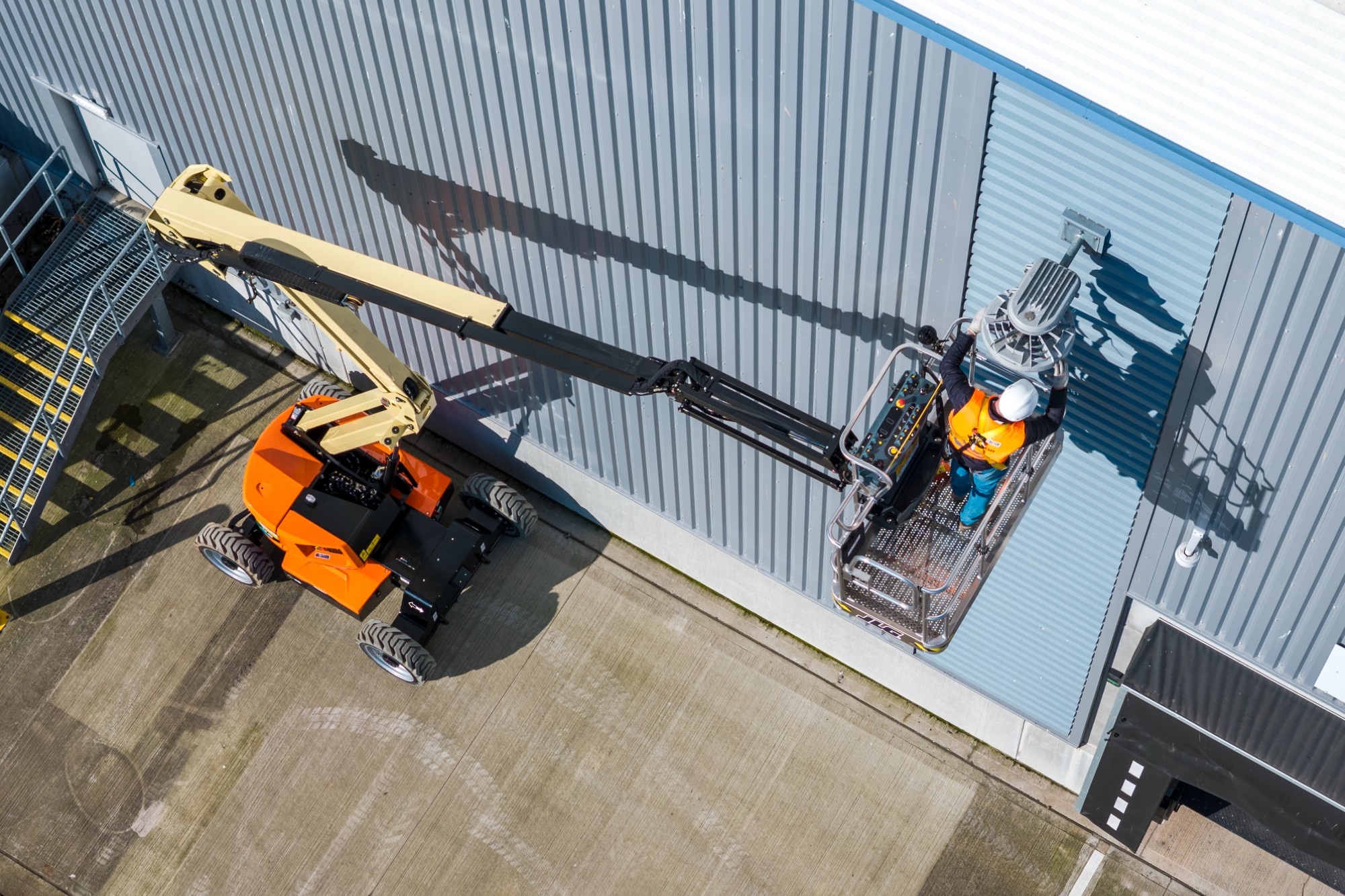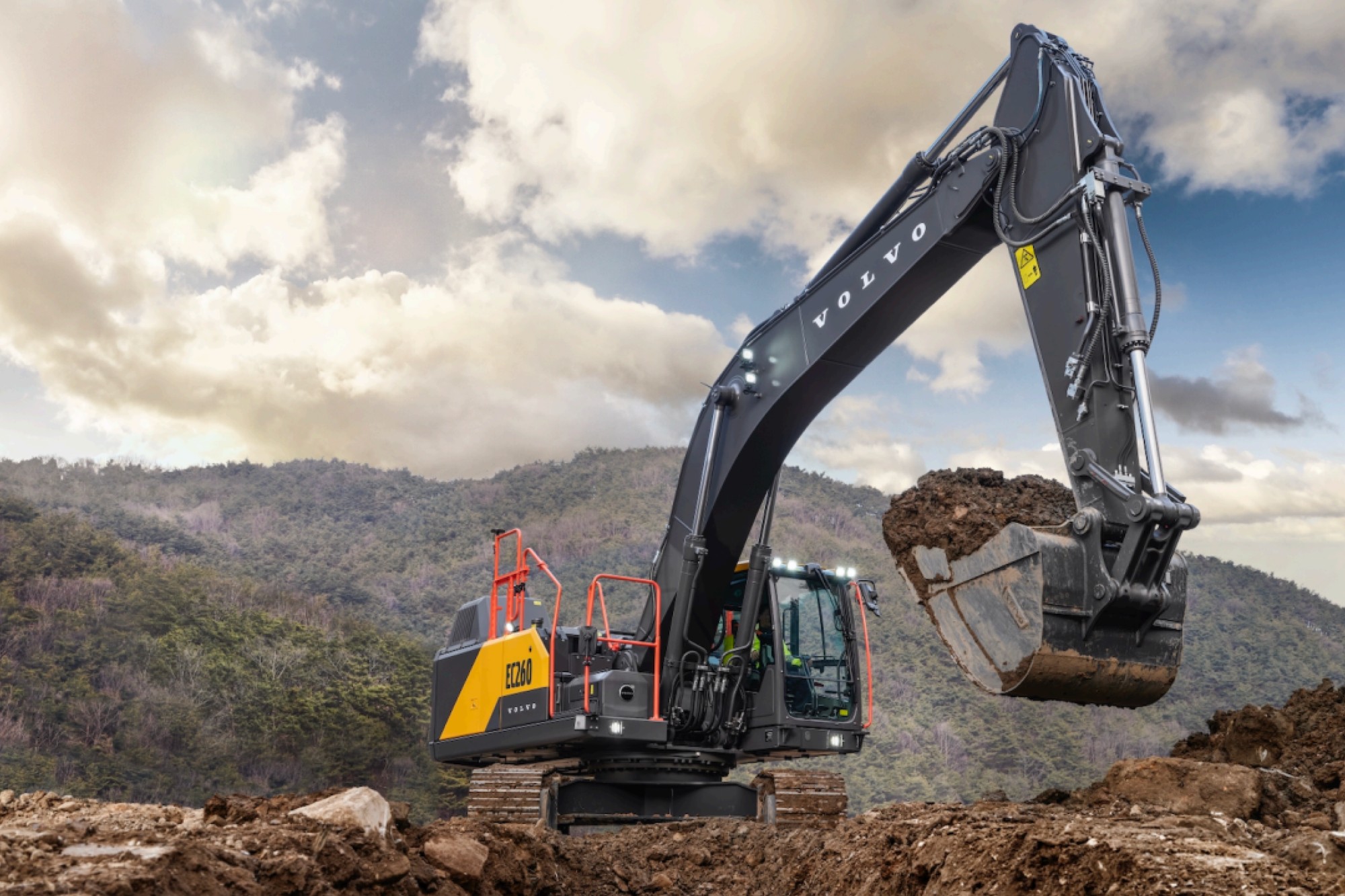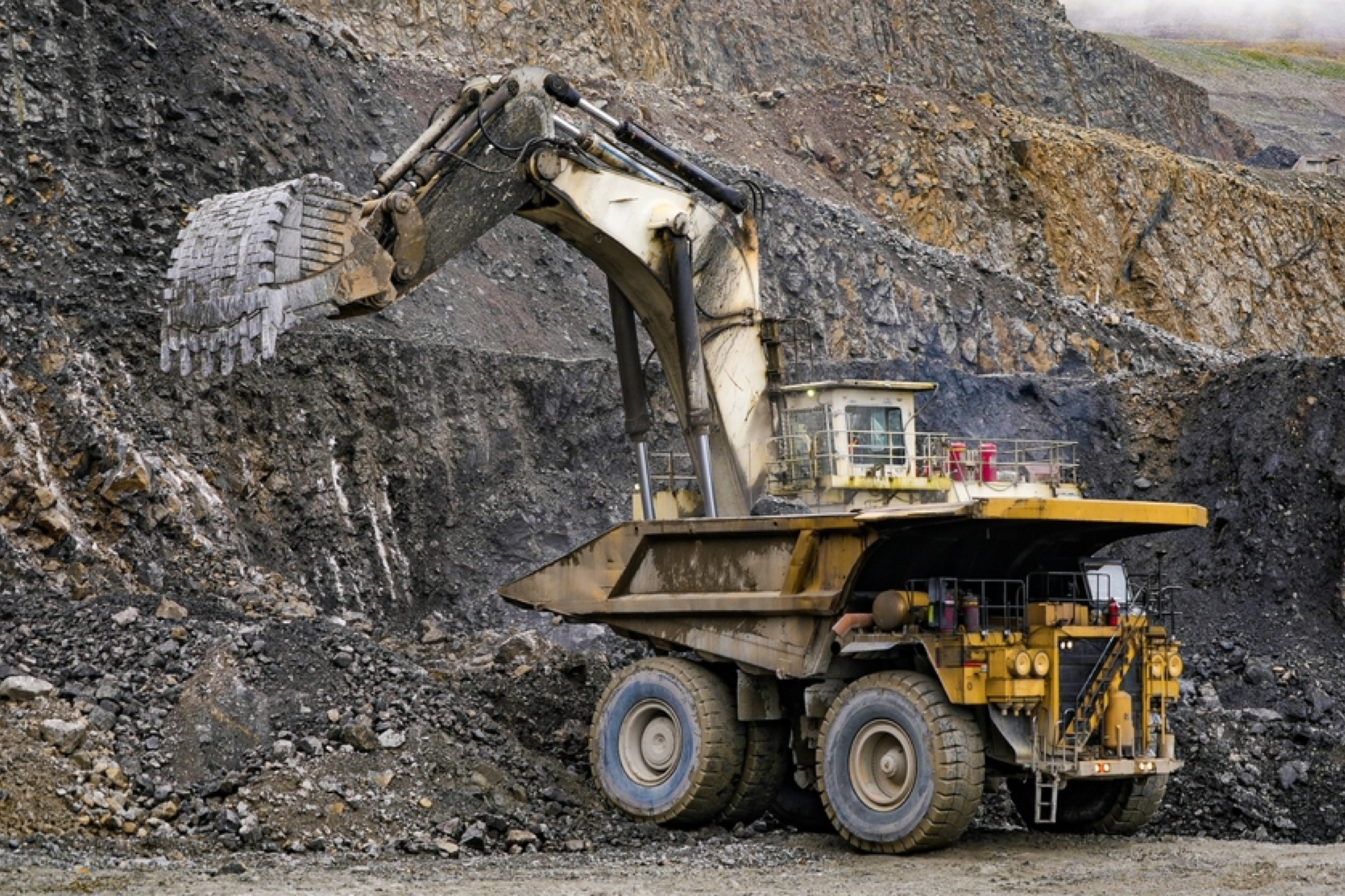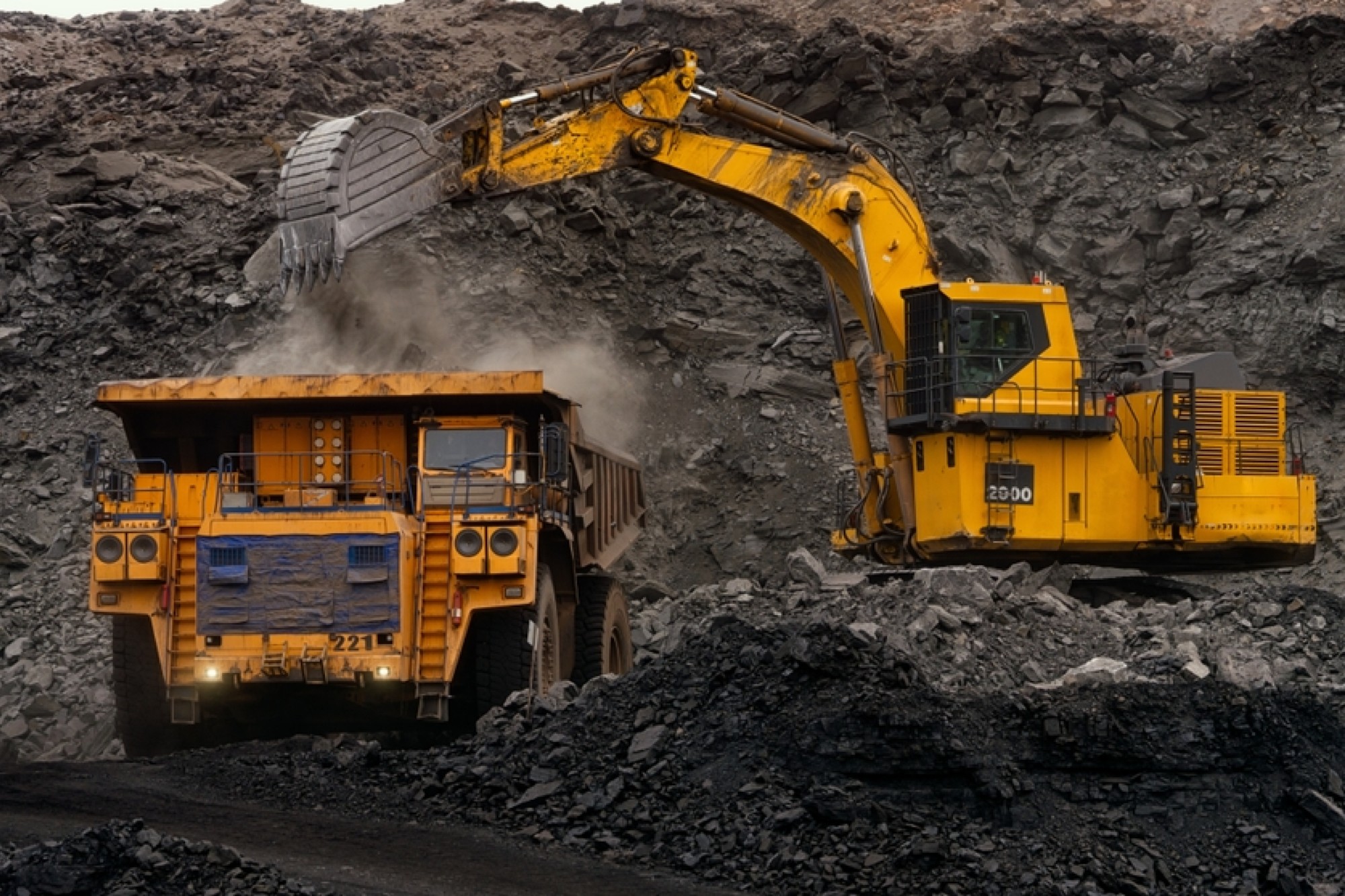Aggregates are crucial to concrete quality
By Edit Team | April 15, 2023 4:37 pm SHARE

This article delves into the importance of aggregates in concrete and how their quality can impact properties such as strength, durability, and workability. The types of aggregates, quality parameters, grading, composition, and Indian standards are all discussed in detail.
Aggregates are a fundamental component of concrete that significantly impacts its properties. This article will delve into the world of fine and coarse aggregates, including their different types, quality parameters, and influence on concrete properties. We will also explore grading concrete, aggregate composition, and certifications and standards that define aggregate quality.
Types of Aggregates
Aggregates are classified into two types based on their size: fine and coarse. Fine aggregates pass through a sieve with a 4.75 mm opening and are typically used for plastering and concreting. Coarse aggregates are particles larger than 4.75 mm and used in construction activities. The size of coarse aggregates can range from 6 mm to 40 mm.
Quality Parameters of Aggregates
The quality parameters of aggregates include grading, durability, particle shape and surface tension, oppression and skid resistance, weight and voids, absorption and surface moisture, and flakiness and elongation. Each of these parameters can significantly impact the quality of concrete.
Influence of Aggregate Quality on Concrete Properties
The quality of aggregates used in concrete affects the final product’s strength, durability, workability, and finish. Therefore, it is crucial to use high-quality aggregates to ensure that the concrete has the desired properties. The specific gravity of concrete aggregates impacts the final product’s strength and absorption capacity. Moreover, the chemical stability of the aggregates used in concrete can determine the durability of the concrete. The surface structure and texture of the aggregates also impact the bond grade between the cement and aggregates.
Grading of Concrete and Composition of Aggregates
Grading concrete is crucial to ensure that the particles are equally separated. The maximum sizes of aggregates and harmful materials are also of concern. The composition of aggregates is also essential for concrete. The different grades of concrete and aggregate compositions, from M10 to M45, are being used in the market. The most common concrete grades used are M25, M30, and M35.
Certifications and Standards Defining Aggregate Quality
Various standards in India determine the quality of aggregates used in construction activities. IS 2386 is a standard that defines the usage of coarse aggregates on construction sites. IS 383 defines the quality aspects of the fine aggregates used in road construction, building systems, and infrastructure development. The latest version of IS 383, released in 2016, is being used to test all materials produced by various crushers for construction activities.
IS 383 divides fine sand into four zones: zone one, zone two, zone three, and zone four. Sand ranging from 0.75 microns to 4.75 microns is considered perfect for construction activities. CEV analysis is performed to ensure the quality of the sand produced by crusher manufacturers. The distribution of different sizes is crucial, and the sand should pass the zone two classification to be suitable for construction activities.
M-sand is becoming more prevalent in India as people are moving away from using river sand. M-sand is produced from dust using two or three methods, including VSI, HSI, or a rollover process. The micro-fine elements are removed using wet or dry classification. According to the IS standard, M-sand should have a particle size of 75 microns or less, but it is permitted to have up to 15 percent of micro-fine elements.
In conclusion, achieving the desired properties of concrete heavily relies on the quality of aggregates used. Specific gravity, chemical stability, surface structure and texture, grading, and composition of aggregates are all critical factors to consider. Fortunately, Indian standards offer guidelines for ensuring high-quality aggregates in concrete. Ultimately, it is essential to properly consider aggregate quality to ensure the overall quality of concrete.
(Excerpts are taken from the submission of Mr. Sooraj Cherukat, Head for Sales & Business Development at Hailstone Innovation Inc. during B2B Purchase procurement discussion on Crushing & Screening: Performance Efficiency and Benchmarks)
Cookie Consent
We use cookies to personalize your experience. By continuing to visit this website you agree to our Terms & Conditions, Privacy Policy and Cookie Policy.





















































